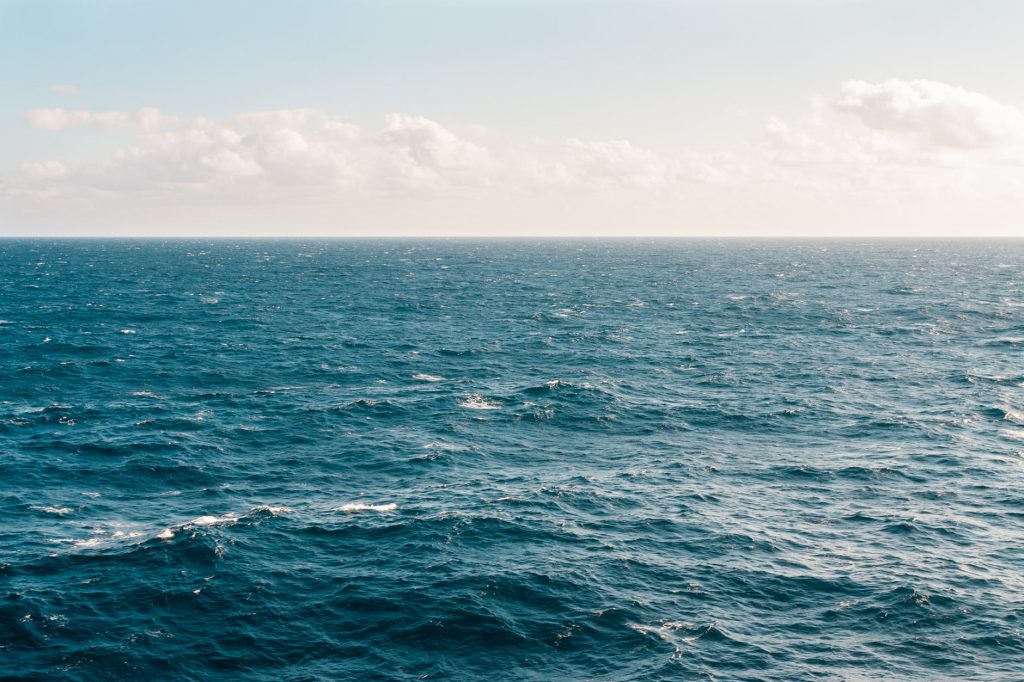The Maui County Council voted last week to settle a years-long legal battle that was set to go before the Supreme Court. The case, Hawai’i Wildlife Fund v. Cty. of Maui, 886 F.3d 737 (9th Cir. 2018), concerned allegations that the County of Maui (the County) had been engaging in ongoing violations of the Clean Water Act (CWA) by discharging treated sewage water into groundwater that eventually reached the Pacific Ocean.
The County owns and operates four wells at the Lahaina Wastewater Reclamation Facility which for decades have been used as the County’s primary method of disposing of treated sewage water. The four wells operate by pumping approximately 3 to 5 million gallons of wastewater per day directly into groundwater. From there, the wastewater migrates through the groundwater system and eventually enters the Pacific Ocean. The County has known for decades that the treated sewage water pumped through its wells reached the Pacific, but had never sought to get a National Pollution Discharge Elimination System (NPDES) permit for the wells because even though the wastewater eventually reached the Pacific, the wells were not pumping directly into the ocean. The County argued that because it was not directly discharging a pollutant into a water of the United States (WOTUS), it had not violated the CWA by failing to obtain a NPDES permit. The Ninth Circuit disagreed with the County, ruling that an indirect discharge of a pollutant from a point source into a WOTUS was enough to violate the CWA.
The purpose of the CWA is to “restore and maintain the chemical, physical, and biological integrity of the Nation’s waters.” 33 U.S.C. § 1251(a). To that end, the CWA has prohibited the discharge of “any pollutant to navigable waters from any point source.” 33 U.S.C. § 1362(12). The Act defines a “point source” as “any discernable, confined and discrete conveyance,” and includes all “territorial seas” in its definition of “navigable waters.” 33 U.S.C. § 1362(7), (14). The only way to be exempt from the prohibition against discharging from a point source is to obtain a NPDES permit. Without a NPDES permit, any discharge from a point source into a navigable water is a violation of the CWA.
The County argued that it was exempt from needing a NPDES permit because it discharged a pollutant directly into groundwater, not a navigable water, and that even though the pollutant did eventually reach the Pacific Ocean it had to travel through groundwater to get there. The County maintained that because the pollutant was discharged into the Pacific Ocean from the groundwater, which is not considered a point source under the CWA, the County was not liable under the CWA. The ultimate outcome of the case is that a discharge of a pollutant from a point source that reaches a navigable water will require a NPDES permit even if the pollutant is conveyed to a navigable water by a nonpoint source like groundwater.
The Ninth Circuit disagreed. In its final opinion, the court determined that the County was obligated to obtain a NPDES permit to keep discharging pollutants from its wells. The court determined that the County was liable under the CWA because it discharged pollutants from a point source that ultimately reached a navigable water. That the pollutant reached a navigable water after being directly discharged into groundwater was not important. The court concluded that what mattered was that the County was discharging pollutants from a point source. That the groundwater played a role in delivering the pollutant to the navigable water was not enough to preclude the County from liability.
The Ninth Circuit issued its decision in this case in February 2018. The County appealed that decision to the Supreme Court, and oral arguments have been scheduled for November 6 of this year. However, many parties were reluctant to see the case go before the Supreme Court for fear that any decision would overturn precedent in several jurisdictions. Some circuits, such as the Second and Fifth, take the same position as the Ninth Circuit in finding that an indirect discharge of a pollutant into a navigable waterway requires a NPDES permit while other circuits do not. Any decision from the Supreme Court would likely upset precedent and lead to more confusion in an already complex regulatory scheme.
In voting to settle the case, the Maui County Council has taken steps to avoid becoming the center of what would likely be a historic and heated battle. However, whether the case will ultimately be settled remains to be seen as Mayor of Maui County must make the final decision.
To read the full opinion in Hawai’i Wildlife Fund v. Cty. of Maui click here.
To read the text of the CWA click here.
To read the Resolution to Settle passed by the County of Maui click here.
To learn more about the conduit theory of groundwater click here.
To learn more about the CWA click here.
